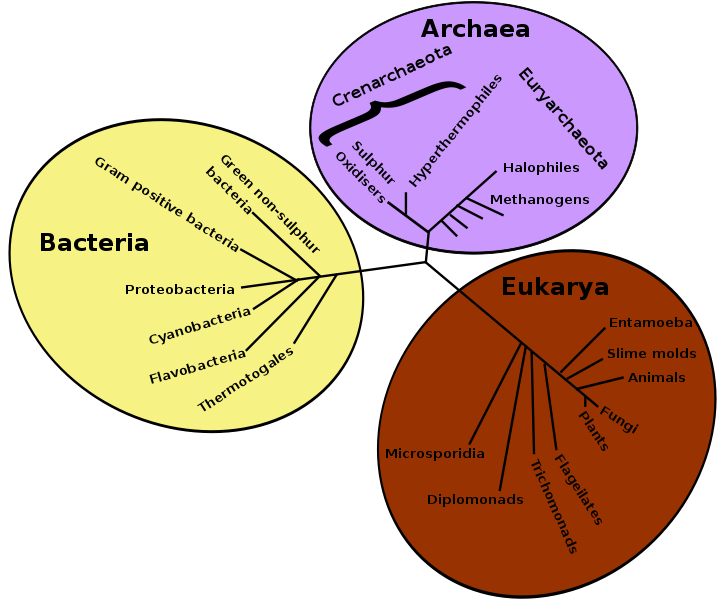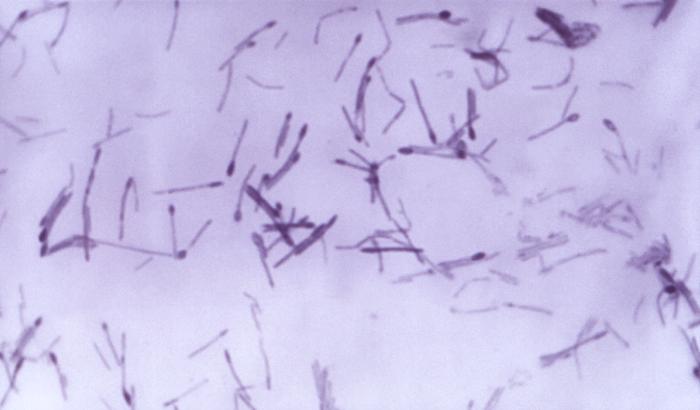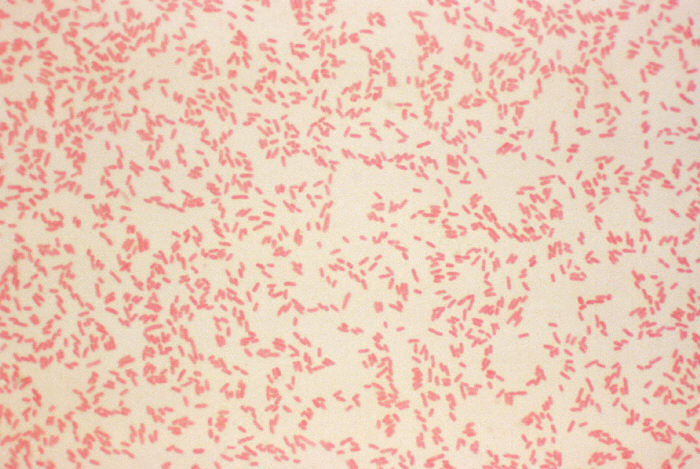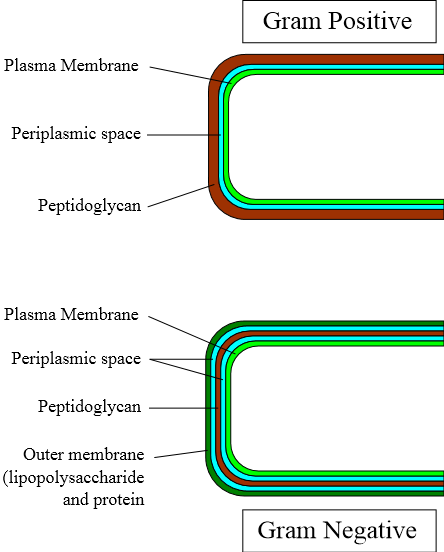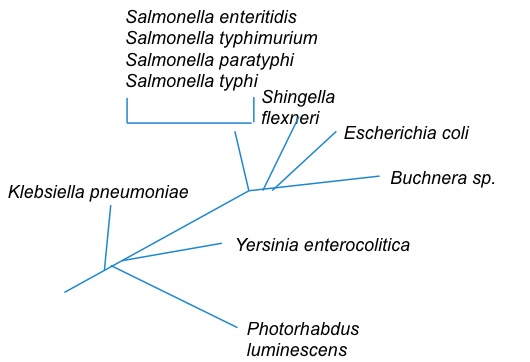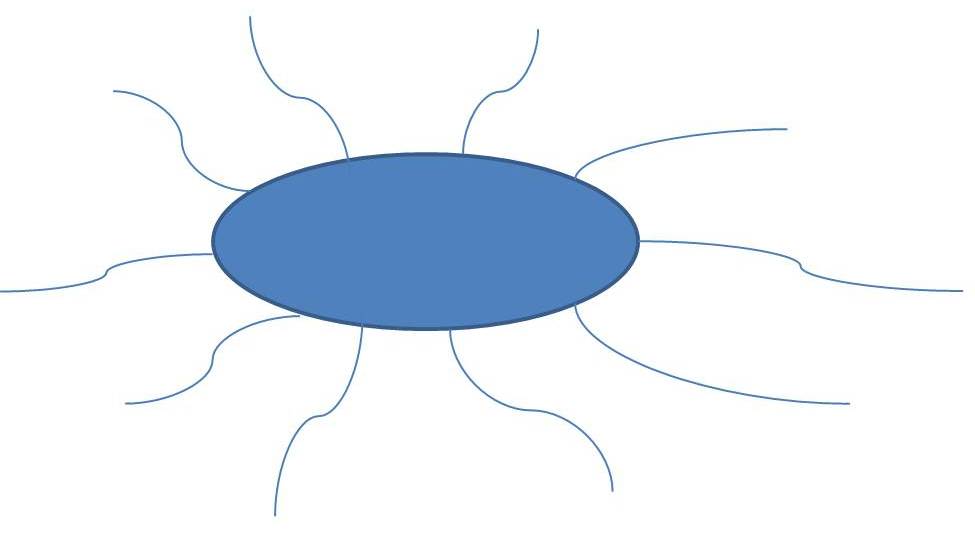Classification
Classification of Yersinia enterocolitica: is done most commonly by 16S rDNA (ribosomal DNA) sequence analysis.
Domain: Bacteria
Kingdom: Bacteria
Phylum: Proteobacteria
Class: Gamma Proteobacteria
Order: "Enterobacteriales"
Family: Enterobacteriaceae
Genus: Yersinia
Species: Yersinia enterocolitica
Image courtesy of Samsara
English Definition:
Yersinia: named after Alexandre Émile Jean Yersin: A Swiss born French
Bacteriologist (1863-1943)
Enterocolitica: pertaining to the intestine and colon. Enterics: refers to
the gut. Colon: of the colon. Iticos: pertaining to.
Domain and Kingdom: Bacteria: Yersinia enterocolitica is classified as Bacteria or Eubacteria because it contains peptidoglycan within the cell walls as well as lacks internal organelles. Cell walls are found in plant cells, some protists, and fungi, as well as prokaryotic cells. In Bacteria, the cell wall is used for protection as well as support. One major difference in the cell walls of bacteria is the presence of peptidoglycan. Peptidoglycan provides the foundations for bacterial cell walls. It also allows for gram staining. What is gram staining you ask? Well gram staining is a staining technique used to determine if an individual bacterium is gram-negative or gram-positive. Gram-negative bacteria exhibit a pinkish red color after dyed where as gram-positive bacteria exhibit a purple color. Below are comparisons of a gram negative stain and a gram positive stain. Can you tell which is which?
Images courtesy of cdc.gov
The difference in color stems from the location of the peptidoglycan within the cells walls. Crazy right? Peptidoglycan is the outermost layer in gram-positive cell walls whereas gram-negative cells exhibit an outer membrane beyond that of the peptidoglycan layer. Riveting stuff, I know. Further explanation can be found in the image below.
Image courtesy of Graevemoore
Want to learn about a bacterium used in food? Click here! or Click here!
Or possibly a bacterium that uses YOU for food? Click here! Or even one that uses your teeth as food? Click here!
Phylum: Proteobacteria: Proteobacteria was once referred to
as Purple bacteria (phototrophic bacteria that are purple in color and carry
out a unique form of photosynthesis using a specialized pigment) and their relatives but because of their wide
range of shape and physiology Proteobacteria was suggested as the name to
unite the group. Yersinia enterocolitica would have been
grouped in the 'and their relatives' stipulation. The reason Proteobacteria was chosen as the name is that
Proteus was a Greek god of the sea, capable of assuming many different
shapes. Fitting that despite a common ancestor, the Proteobacteria have a
diverse range of properties. I hope these bacteria realize their Greek god
relation, as it is quite the compliment. Yersinia enterocolitica is classified as a proteobacteria because it contains specific signature nucleotides based on a
16s RNA sequence (Stackebrandt, et al 1988).
Class: Gamma Proteobacteria: According to Bergey's Manual
of Determinative Bacteriology the class gamma proteobacteria is defined as a class of bacteria having 16S rRNA gene sequences related to those of the members of the order
Pseudomonadales. Yersinia enterocolitica has a 16S rRNA gene
sequence related to the order Pseudomonadales.
Phylogenetic tree derived from Fig. 1. in Was our ancestor a
hyperthermophilic procaryote?
Another organism within the Gamma Proteobacteria that also causes diarrhea is Vibrio cholerae. (To learn more about Vibrio cholerae click here!)
Order: “Enterobacteriales”: Enterobacterium meaning an
intestinal bacterium. Only one family within this order
being Enterobacteriaceae and Yersinia enterobacteria is itself an
intestinal bacterium fitting it within the "Enterobacteriales".
Family: Enterobacteriaceae: These are gram-negative, rod
shaped
bacteria that are facultatively anaerobic in nature meaning they can perform
aerobic respiration when oxygen is present but have the ability to switch to
fermentation in a system when oxygen is lacking. This is in contrast to
obligate anaerobic respiration organisms which die in the presence of
oxygen. Enterobacteriaceae are also lacking in cytochrome oxidase and
therefore are referred to as oxidase negative. This meaning that they do not use
oxygen as the final electron acceptor in the Electron Transport Chain. Also,
within Enterobacteriaceae, organisms are either lactose-positive or
lactose-negative meaning that they either produce or lack lactase. Yersinia
enterocolitica is lactose-negative along with Salmonella
enteritidis (to learn more about Salmonella enteritidis
click here!)
whereas Escherichia coli is lactose positive. (To learn more about
Esherichia coli
click
here!)
Want to learn more about the Family enterobacteriaceae? Click here!
Genus: Yersinia: the virulent strains that are pathogenic to humans all carry a 70 kb virulence plasmid (pYV) on a high pathogenicity island (HPI) which also carries yersiniabactin (Garzetti, et al 2012). Plasmids are small circular pieces of double stranded DNA that replicate autonomously. To learn more about plasmids and reproduction click here. While the non-virulent strains in the genus have lost these all virulent strains contain them. They use this to overcome host immune defense and to infect the lymph tissues. All species within the genus are motile from 22-29 degrees Celsius except Yersinia pestis. (To learn more about Yersinia pestis click here!) These species are motile via peritrichous flagella which are diagramed below.
Image created by Skyler Hying
Want to learn more about the Genus Yersinia? Click here!
Species:Yersinia enterocolitica: This is the scientific name for this specific organism. This name is based off the binomial system of nomenclature. This system uses a two part name that is of Latin based grammatical form. The first of which is the genus name, the second is the species name within the genus.
Want more information on classification? Click here!
Learn about Habitat
